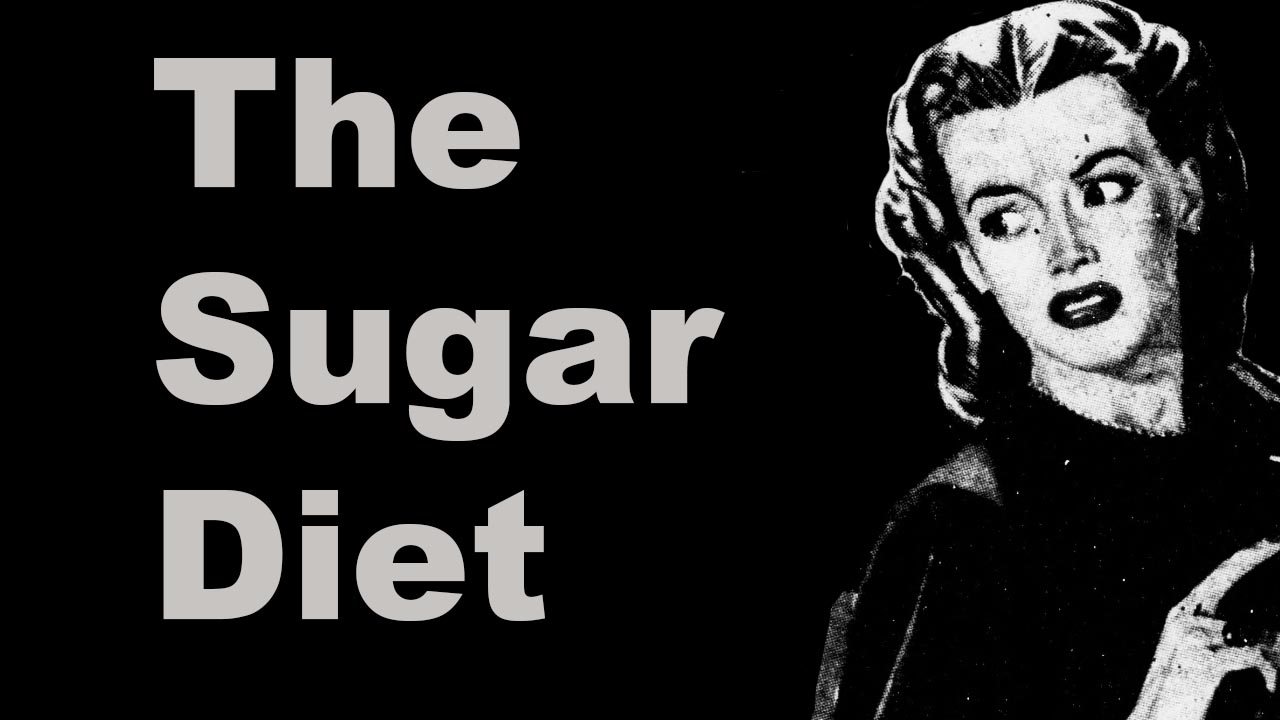
We were groomed to exist off of a sugar diet. As I will show you, the sugar diet began taking root at the end of the 19th century and well into the early 20th century. This happened through human experimentation and massive amounts of advertising.
In 1898, it was reported out of Germany that experiments were being done on military men involving a sugar diet. Ten men were given the “sugar diet” while ten other men received regular military food. Furthermore, the ten men selected to receive the sugar diet were described as being physically weaker than their counterparts and the other men in the experiment.
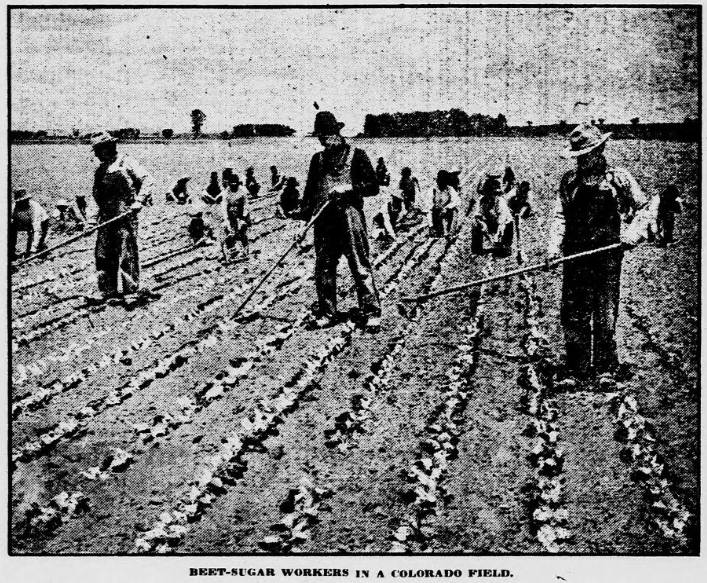
With the results from the experiment collected, scientists claimed that: “It was proved that during long marches the feelings of hunger could be kept down for a longer time by the use of sugar, that the sugar people suffered less from thirst than the others, and that a few pieces of sugar sufficed to still thirst for a considerable time. It was also observed that symptoms of exhaustion or of sunstroke were quickly overcome by a small ration of sugar.” [1]
It was then concluded that sugar should become a regular food for soldiers. By 1899, it was said that eating sugar was far better for soldiers than eating eggs because sugar produced faster energy and increased muscular power. It was also praised as being a cheap alternative to real, natural food and was said to have nutritional value.
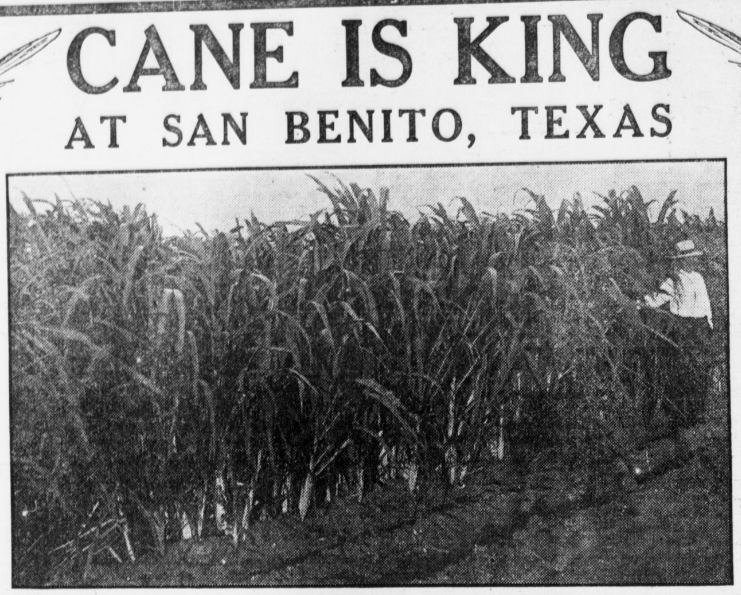
By 1901, the British Medical Journal had published an article titled “Sugar as a Food.” Further experiments on people found that, and I quote, “muscular deterioration was much less under a sugar diet, while tired muscles, incapable of doing further work, could be readily rendered serviceable by eating a little sugar.” [2]
So, not only was sugar good for the men in the military who were, at least in Germany, receiving 2 ounces of sugar cubes per day, but it would also be a cheap alternative food for people working the hardest and least paid jobs in society.
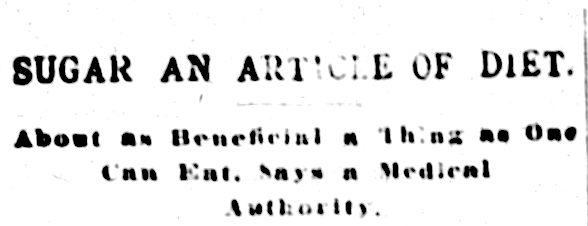
To further prove that sugar was a nutritious food, the following was published in the Baltimore Sun in 1902:
“A few weeks ago a vessel containing a cargo of sugar arrived at a port in this country. Aboard were some stowaways who, not being able to obtain any other food, had for weeks lived wholly upon the sugar. Were they lean, emaciated and ill, badly in need of solid food and upon the verge of starvation? Not at all. They were in excellent health and spirits, and a good deal fatter than when they went aboard. The sugar, as a steady diet, had been a little monotonous, but it was in no respects unwholesome.” [3]

It was again pointed out in 1910 that sugar was the perfect food for the working man. The article said: “In muscular labor no food appears to be able to give the same powers of endurance as sugar; and comparative practical experiments have shown without the least doubt that the hard physical worker, the athlete or the soldier on the march is much more equal to the physical strain placed upon him when he has had included in his diet a liberal allowance of sugar, than when sugar is denied to him.” [4]
Only slight mention has been made of weight gain while on the sugar diet, and that gain is mostly reported as a positive effect. There were further claims that men who abstained from sugar and focused on meat proteins showed signs of “feeble muscular energy.”

After deciding that sugar was a good source of cheap food, doctors began using sugar in their practice. A British doctor gave an 80-year-old heart patient four lumps of sugar every four hours for a week and claimed that the man recovered from his ailment. A German doctor was using powdered sugar to treat cancerous patients. [5] Meanwhile in Philadelphia, 1915, sugar was being tested on people with brain tumors.
Sugar praise continued well into the 1920s with advertisements put out by The Sugar Institute. One ad gave a list of the five uses of sugar in a person’s diet. The uses were: “1. A conserver of foods. 2. A flavoring substance. 3. A satiation factor. 4. A staple fuel. 5. An emergency fuel.”
With doctors and scientists supporting high sugar diets for fast energy, it wasn’t long before the people were absolutely convinced that sugar cane and sugar beet was a necessary part of the diet.
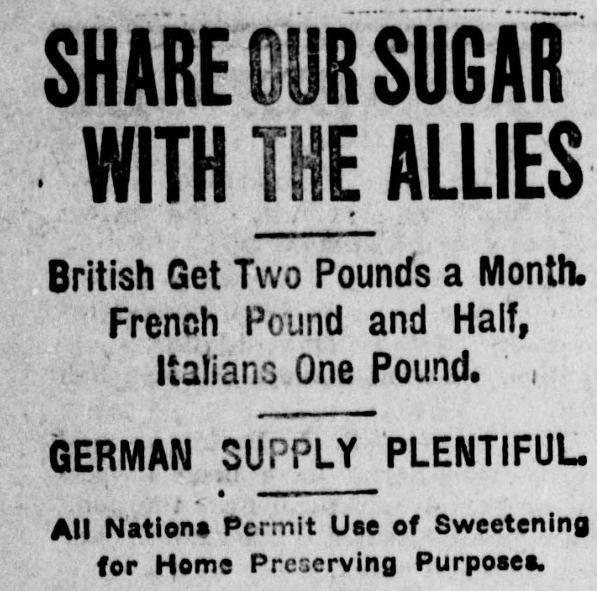
While there was a sugar shortage during The Great War, by the time the Second World War came along and another sugar shortage hit, people panicked.
An article published in 1945 said:
“Despite the war’s end a sugar shortage is gripping the nation more acutely than ever before. We are told that the balanced diet of the nation is in jeopardy.
“Why should the country face malnutrition when there is plenty of fresh food available? Because a fundamental food, sugar, upon which many other foods depend, is not available except on a limited scale.
“Undoubtedly the lack of sugar will affect the health of children most severely. In the formative years, good nutrition is of the utmost importance. Puddings, custards and junkets are palatable means of feeding youngsters the milk and eggs essential to their physical wellbeing. But without sugar, it is virtually impossible to make them eat such dishes. Oatmeal and other cereals which help build strong young bodies would be turned down emphatically without sugar to make them tasty.” [6]
In other words, kids were already being denied healthy, whole foods such as milk and eggs in the 1940s simply because foods made with added sugar tasted better.
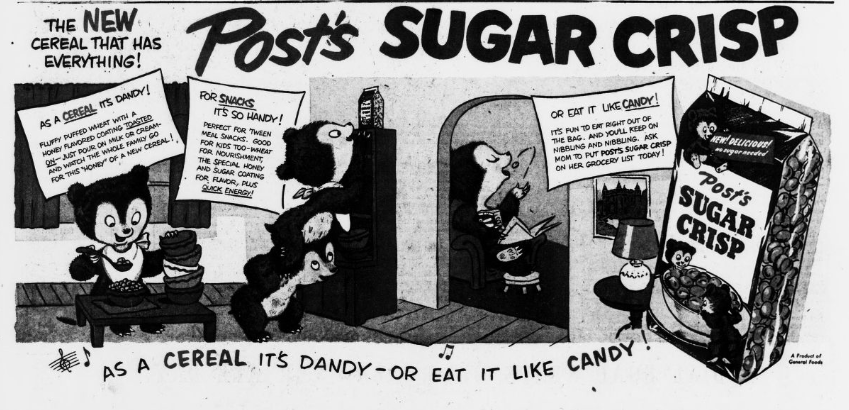
After the sugar woes of 1945, parent’s no longer had to worry about what to feed little Johnny and Sally. Sugar laden cereals were being made just for kids. The 1950 ad for Post’s Sugar Crisps tells parents and kids that they can eat the cereal like candy. It says:
“It’s fun to eat right out of the bag. And you’ll keep on nibbling and nibbling. Ask mom to put Post’s Sugar Crisp on her grocery list today!”

